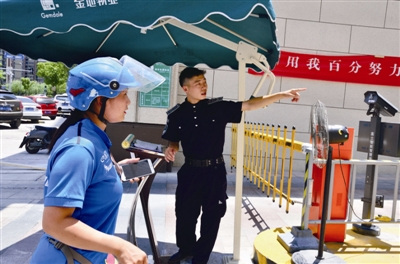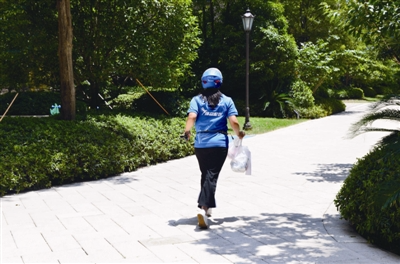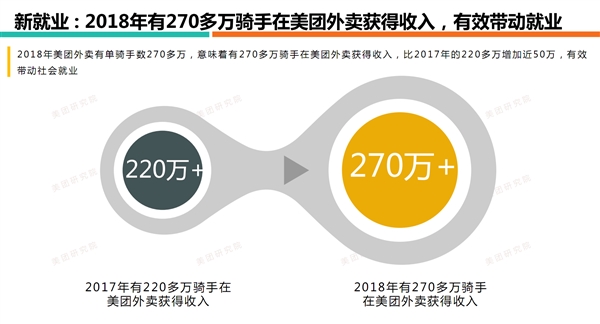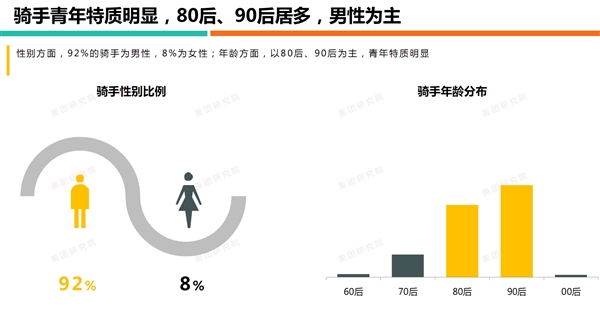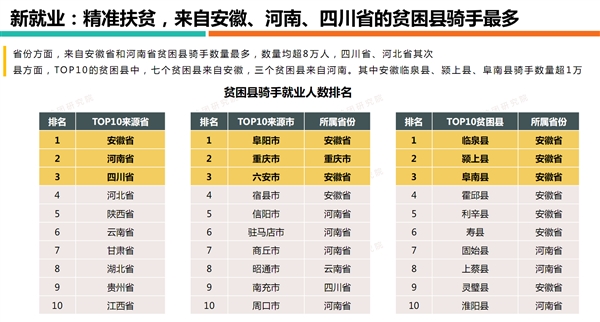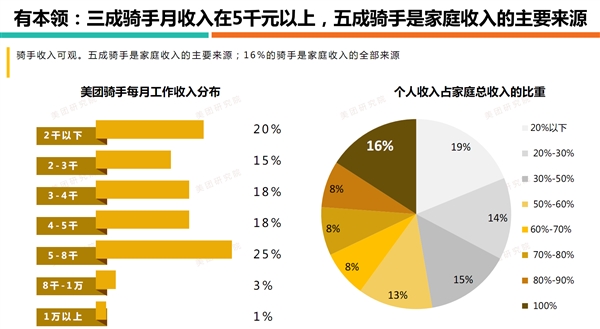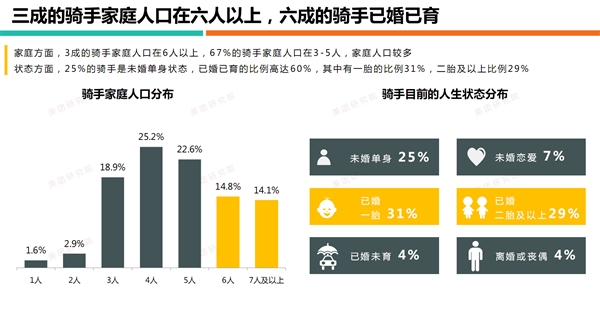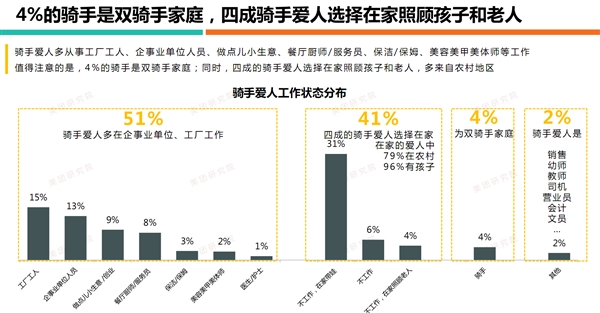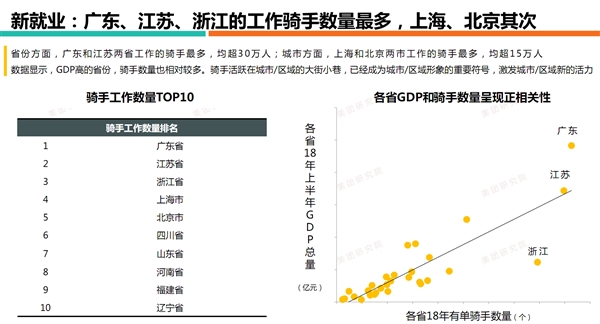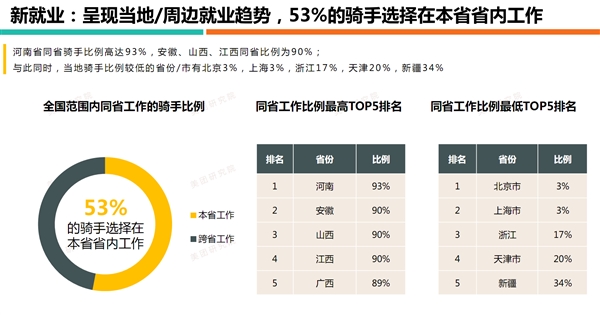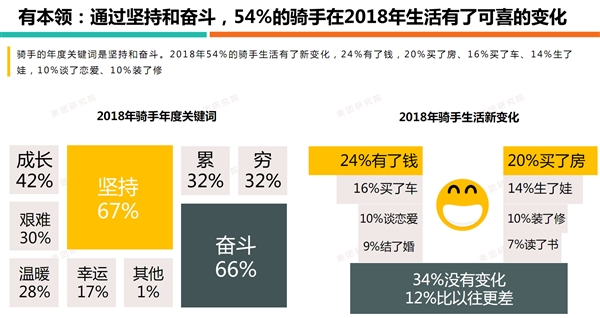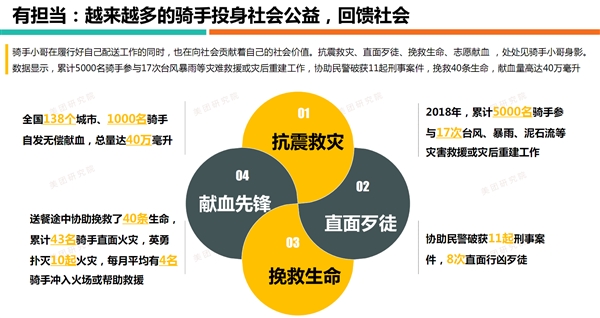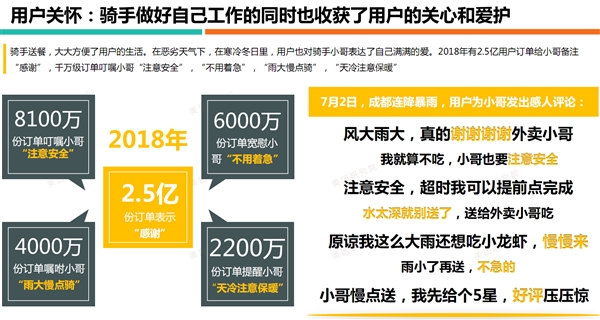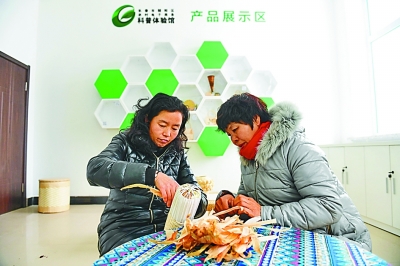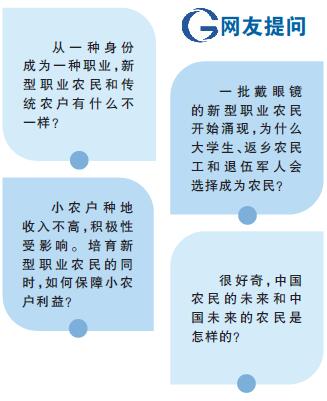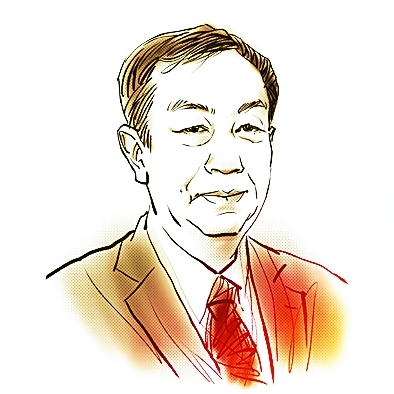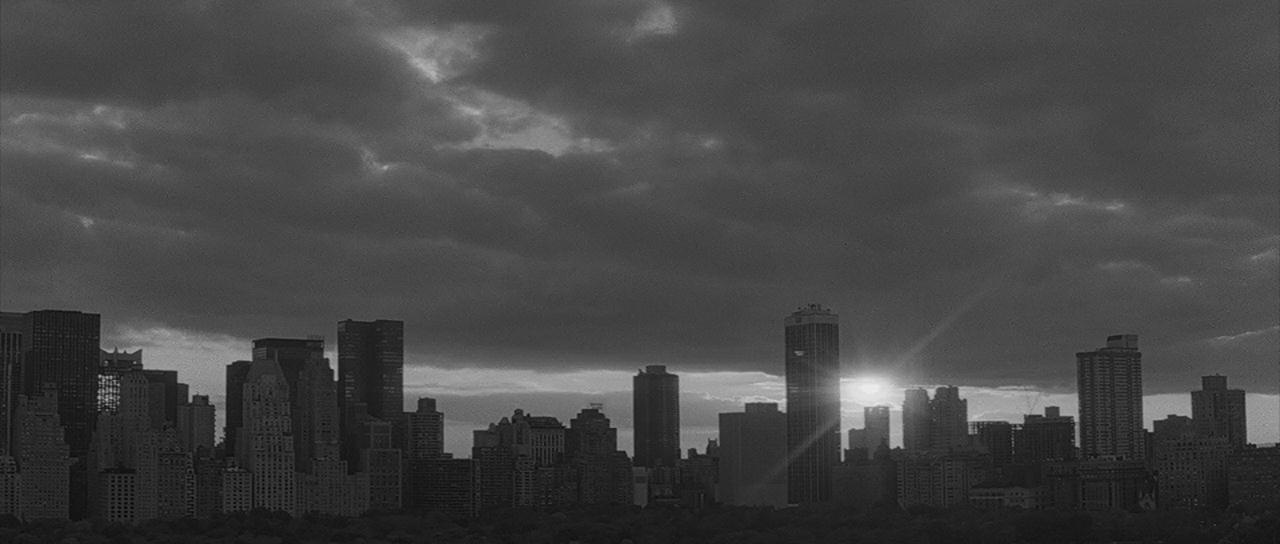● No matter online or offline, many teaching and training institutions are "selling anxiety" in summer. Training teachers (anchors) sincerely tell parents that "the XX stage is the most important" and they have to study quickly in summer, otherwise the children will not be able to keep up with it when they start school, or they will be quickly overtaken by their peers.
● On the short video platform, this kind of video fire of "selling anxiety" is covered by almost every grade — — In the short video blogger’s mouth, every semester’s summer vacation is the key node of "counterattack". The tutors in these videos may belong to different institutions, but they use the same rhetoric, and the purchase links of supplementary books or training courses are often attached to the lower left of the videos.
● Parents should treat students rationally, enhance their recognition ability, pay more attention to their children’s physical and mental health, promote their all-round development, and enable them to truly have a healthy and happy summer life. At the same time, the regulatory agencies should actively implement their regulatory responsibilities, do a good job in publicity and guidance, and ensure that the "double reduction" policy is put in place.
"The summer vacation of the first grade is the most terrible. The gap between the two months has widened, and I have not grasped the step by step of the summer vacation."
"The summer vacation in the third grade is the most terrible. If you don’t do this, your child will fall behind in school."
"The summer vacation of the sixth grade is the most terrible. Students with poor grades in primary school will get all their grades after the summer vacation, so they must make a good connection."
… …
With the coming of summer vacation, similar videos have sprung up in large numbers on the Internet. The tutors in these videos may belong to different institutions, but they use the same rhetoric, and the purchase links of supplementary books or training courses are often attached to the lower left of the videos. "The more you look at it, the more anxious it is. I feel that if children don’t study hard this summer, they will never be able to keep up." Mr. Wang, a parent in Beijing, said.
According to a recent survey by the reporter of Rule of Law Daily, many teaching and training institutions are "selling anxiety" both online and offline in summer. Training teachers (anchors) sincerely tell parents that "the ×× stage is the most important", and they must study quickly in summer, otherwise the children will not be able to keep up with it when they start school, or they will be overtaken by their peers quickly.
In this regard, many experts believe that as the audience of such advertisements, parents of students should treat and enhance their recognition ability rationally, pay more attention to their children’s physical and mental health, promote their all-round development, and enable their children to truly have a healthy and happy summer life. At the same time, regulatory agencies should actively implement their regulatory responsibilities, do a good job in publicity and guidance, and ensure that the "double reduction" policy is put in place.
The "most" video is overwhelmed.
Actually, selling books and courses
In a short video released by a video number in June this year, almost three-quarters of the screen was occupied by the face of the "teacher" — — He wears glasses, his palms swing with the rhythm of his speech, his eyebrows frown slightly, and he looks like a "senior teacher". The big characters on the forehead are particularly eye-catching: "The grades generally want to turn over, and the fifth grade summer vacation does this."
In the video, he solemnly said: "The fifth grade is average. After the sixth grade, it will still be average, and it will be more average in the first grade." What should I do if I want to make a comeback against the wind? The "teacher" compared learning to a race, saying that the achievement of "junior high school" is the final standard to reflect children’s "good primary school learning".
Many children are preparing for the junior high school entrance examination in the next semester of the sixth grade. The "teacher" suggested that they should start from the fifth grade and enter the review early. Then he changed the subject and began to sell a textbook … …
On the short video platform, this kind of video fire of "selling anxiety" covers almost every grade, from young connection, small rise to early rise — — In the short video blogger’s mouth, every semester’s summer vacation is the key node of "counterattack".
From the perspective of curriculum categories, "Chinese is a watershed", "English should be learned in advance" and "Olympiad is a stepping stone" … … Every branch must pay attention to it. However, when the video is coming to an end, the blogger will immediately give advice on buying books and classes.
Not only that, in some video slogans, it also says "Grade XX is the most terrible", "Don’t play in the summer vacation, Grade XX is the watershed" and "If you don’t make good use of this summer vacation, you will basically miss high school". Exaggerated tone, coupled with tense music, made some parents who watched the video shout: I feel anxious.
If you don’t grasp this period of time, is the child really "abolished"? Some netizens spit out that in the past two years, every summer vacation and winter vacation, a large number of such videos or live broadcasts can always be brushed on the short video platform. From the first grade to high school graduation, every year is a "watershed", as if the success or failure of children’s studies is at stake.
The reporter saw that most of these accounts have opened shopping windows, and the link at the lower left of the video is clicked in, which is the sales of various learning materials and counseling courses. The prices of teaching materials range from 30 yuan to 50 yuan, and some are more than 100 yuan. The preview materials of a junior high school in the early summer and summer vacation show that 380,000 pieces have been sold. The purchase of counseling courses is more complicated, and the pricing seems to be low, but it is actually only a consultation registration fee, and a certain fee will be paid later to start the formal courses.
On June 28th, Tik Tok issued the fifth announcement to crack down on "hot speculation by hot events", and selling summer "educational anxiety" became the focus of governance. Focus on the release of "the summer vacation of the second grade of primary school students ‘ Very dangerous ’ ‘ The most terrible ’ " Accounts that create "educational anxiety" such as "I didn’t prepare well in the summer vacation of grade two, and my grades in grade three plummeted" and "When the summer vacation comes, I don’t waste 60 days of summer vacation" have been strictly dealt with for violating the platform rules. At present, Tik Tok has handled 961 illegal videos, and imposed penalties on 81 accounts, such as forbidding publishing and restricting the authority of e-commerce to bring goods.
The reporter noted that experience sharing posts have also become a new way of anxiety transmission. A netizen named "Xixi Mama" said when sharing her experience of taking a baby online that unnecessary courses really don’t need to be supplemented, telling other parents not to be overly anxious, but then the conversation turned and said, "My child is reading XXX counseling books, which is very useful." At the end of the post, the purchase links of various tutorial materials were directly attached, and many parents contacted her to buy them.
Some users left a message in the comment area: in one breath, giving children seven or eight cram schools and interest classes is actually relieving their anxiety and increasing their pressure. Some users even pointed out that it looks like sharing experiences, but in fact it is "selling anxiety" and ugly to eat.
The bloggers in the "selling anxiety" video talk big. What are the effects of the courses and teaching materials in their shopping links?
Many parents said that they saw the textbooks recommended by various bloggers on the Internet, and they didn’t know which one was good. They simply bought all the textbooks for their children, but they found that although many textbooks were written for national use, the actual content was completely inconsistent with the local teaching content and progress, and the children were very uncomfortable to learn.
Training institutions find people to be entrusted.
Deliberately create group anxiety
"Anxiety about selling education" is not only online, but also offline.
Shen Zhou (a pseudonym) from Pudong New Area once worked in the education and training industry. He told reporters that online "selling education anxiety" has long existed, and it all originated from offline training institutions. "First, the anxiety was rendered, and then parents were guided to report to class to buy books. The offline training institutions moved the rest to short video platforms, and cheated a group of parents."
Shen Zhou revealed to reporters that there are some training institutions near Chuansha, Pudong New Area, where he lives, which have the phenomenon of "selling education anxiety". These make-up institutions cover all stages from primary school to high school, and they can take classes here as long as they have exam-oriented subjects. Rendering anxiety is the main enrollment method of these institutions.
Shen Zhou said that educational institutions usually mobilize students’ parents to publicize the institutions among their relatives and friends. Some institutions also promise that for every student recruited, the introducer can get a commission, or the introducer’s children can enter school at a preferential price. As a result, many "institutional trusts" have been mixed into the group of parents of students.
"These ‘ Institutional support ’ Will use chat time and parent-teacher conferences to spread anxiety to other parents. As a result, the anxiety of parents around them was greatly mobilized and they asked what to do. At this time, if you say the name of the organization again, some parents will be very convinced and hurry to pay for the class. " Shen Zhou said.
Parents’ anxiety will be magnified several times every winter and summer vacation. It seems that if they don’t catch up during this time, their children will be left behind by their classmates after school starts, and even be overtaken by other students.
The reporter found that this kind of anxiety spread among some parents even from the kindergarten stage, and many make-up training classes have sprung up online and offline, ranging from talent expertise to subject counseling. Parents are so anxious that their children are as busy as a bee.
"The second child is young, yesterday’s pinyin class ‘ Trafficking anxiety ’ Let the baby make up all the Chinese and mathematics. I refrained from reporting and planned to only teach him basketball and swimming. These young people don’t have time to learn later. " A parent in Shanghai said.
Jasmine (pseudonym) in Xuhui District of Shanghai is attending a large kindergarten class, which seems to be out of place with the children around her. Molly’s father, Mr. Ma, told reporters that parents around him are already discussing how to choose the remedial classes before their children’s primary school. They should pay close attention to English classes and art classes, and an anxiety spread among parents.
Faced with the "educational anxiety" that parents are caught in, students are even more "suffering". Xiao Song from Suzhou, Anhui Province told reporters that at school, teachers would say that "if you don’t preview in advance, you will not be able to keep up with the teaching arrangements of the last semester", asking parents to help students use the holiday time to study the next semester’s courses by themselves in advance, so students will have two sets of textbooks, one for self-study in advance, and the other for formal class.
"If my grades drop a little, my parents will give me cram schools, one-on-one tutoring, evening self-study tutoring, and recess tutoring. I will use all the time I can, and the holidays will hardly exist." Xiao Song recalled that, especially in the summer vacation after the senior high school entrance examination, she seemed to be directly and seamlessly connected to senior one, and there was no summer vacation at all. Parents’ anxiety is more serious than children’s. They will not digest themselves and will transfer it to their children.
In the short video platform, some warning videos of so-called "senior teachers" will also be shared by parents to relatives, friends and parents, creating group anxiety.
At the same time, offline remedial institutions are also facing the problem of wrong goods.
During the interview, students generally reported that there are many problems in the offline course: the course is too basic, the whole course is not explained, and the teacher blindly reads PPT… … Not only that, but the teaching staff is also difficult to be guaranteed. Some "tutors" and "famous teachers" have not even obtained teacher qualification certificates, and some are college students.
Xiao Yang of Qingpu District, Shanghai worked as a "black tutor" during the summer vacation, tutoring primary school students’ homework. When asked about the reasons for his career, Xiao Yang said that some parents have difficulty in tutoring their children’s homework, but they are afraid that their children’s homework will not be completed well in the summer vacation, so they go out to find a teacher to help them. Their high school grades are still excellent, and college students charge lower fees, so they are hired by their parents.
Actively implement regulatory responsibilities.
Resist the anxiety of selling.
The reporter found that "selling anxiety" is the norm when institutions sell courses. Is this kind of publicity legal?
Sun Wei, a senior partner of Beijing Zhongzheng Law Firm, believes that there is no problem for organizations to increase their exposure through advertisements in order to obtain better sales results, but it is very inappropriate to seek marketing effects by means of "selling anxiety" in advertisements.
Sun Wei said that Article 24, Paragraph 1, Item 1 of the Advertising Law stipulates that "advertisements for education and training shall not contain the following contents: making explicit or implied guarantee commitments for entering a higher school, passing exams, obtaining a degree or qualification certificate, or for the effect of education and training". Although "trafficking anxiety" is not directly reflected as a guarantee commitment, it is passed through "if not … … Yes … …” The way of teaching and training shows the necessity of teaching and training courses, textbooks and books in entering higher schools, passing exams and obtaining academic degrees, which is essentially an implied guarantee commitment, which violates the provisions of the advertising law.
At the same time, Article 3 of the Advertising Law stipulates that advertisements should be true and legal, and express their contents in a healthy way, which meets the requirements of building socialist spiritual civilization and promoting the excellent traditional culture of the Chinese nation. Article 4 stipulates that advertisements shall not contain false or misleading contents, and shall not deceive or mislead consumers. Strictly speaking, "selling anxiety" belongs to an "unhealthy expression", and its content is deceptive and misleading, which does not meet the requirements of advertising law for advertising content.
In this regard, what kind of responsibility should the online platform perform? How to standardize the advertising of "selling anxiety" in offline training courses?
Sun Wei said that according to the provisions of Article 2 of the Advertising Law, online platforms belong to advertisement publishers, and they should undertake the regulatory and auditing responsibilities for the advertisements they publish. Article 34 of the Advertising Law stipulates that "advertising agents and publishers shall, in accordance with the relevant provisions of the state, establish and improve the system of undertaking registration, examination and file management of advertising business. Advertising agents and publishers shall examine relevant certification documents and check the contents of advertisements according to laws and administrative regulations. For advertisements with inconsistent contents or incomplete supporting documents, advertising operators shall not provide design, production or agency services, and advertisement publishers shall not publish them. "
"If it is determined that some educational and training advertisements violate the provisions of Article 24 of the Advertising Law, and the advertisement publisher continues to publish despite knowing it, the regulatory agency has the right to impose administrative penalties on the publisher according to the seriousness of the circumstances, such as fines, suspension of advertising business or revocation of business licenses." Sun Wei said.
Sun Wei believes that advertisements should be identifiable according to law, and the contents of advertisements in offline training institutions should enable parents and students to distinguish that this is an advertisement, instead of trying to explain the necessity of teaching and training courses and books from a "scientific" perspective, which leads consumers to misunderstand through the guiding content of "selling anxiety". In this regard, administrative organs should actively perform their supervisory duties and further standardize the advertising behavior of offline training institutions.
How to deal with the problem of "selling anxiety" of training institutions in summer?
Sun Wei said, on the one hand, regulators should actively implement their supervisory duties, do a good job in propaganda and guidance, and ensure that the "double reduction" policy is put in place; On the other hand, as the audience of such advertisements — — Parents of students should treat and enhance their recognition ability rationally, pay more attention to their children’s physical and mental health, promote their all-round development, and let their children really have a healthy and happy summer life.
"Rome wasn’t built in a day, ‘ Trafficking anxiety ’ The reason why the means can be successful is just to use the psychology of parents who have long been looking forward to their children. " According to Meng Qiang, a professor at Beijing Institute of Technology Law School, it is certainly an option to use holidays to overtake in corners, but it is not worth the candle to spend all this rare holiday to improve your grades. Instead of suffering students and poor parents, it is better to temporarily put down their grades and find the right way to open the holiday together.
Meng Qiang said that it is very important to relax and have fun during the summer vacation, but children should also be given some learning and training, such as reading books and learning new skills. Parents should give their children enough support and encouragement so that they can feel the warmth of the family during the holidays. At the same time, he reminded relevant video platforms not to indulge this kind of "selling anxiety" chaos because of the pursuit of commercial interests, but to make more people aware of the harm of this behavior and resolutely resist this kind of "selling anxiety" behavior.

